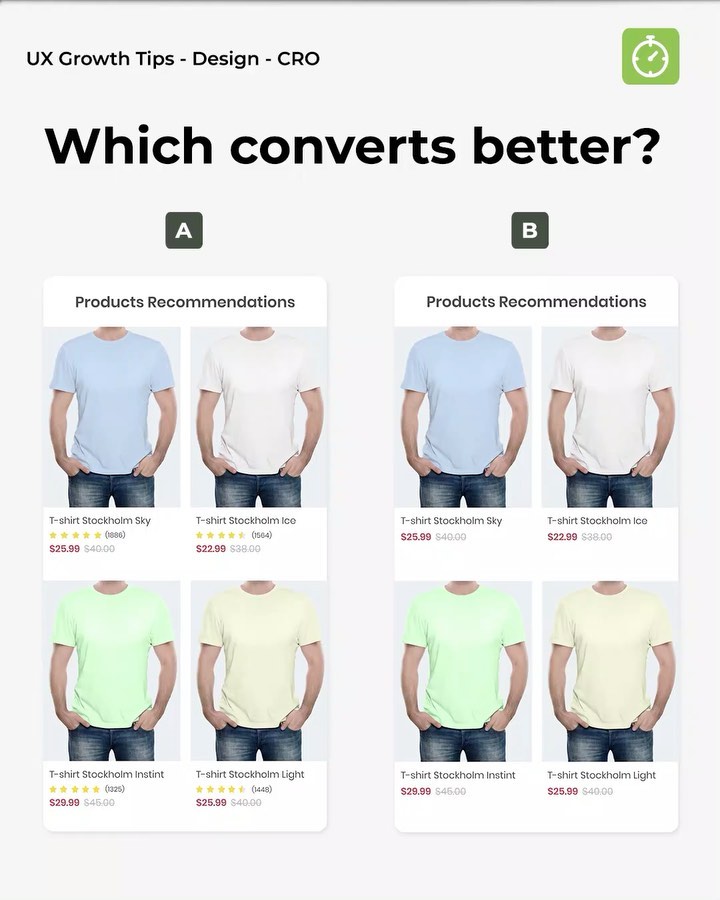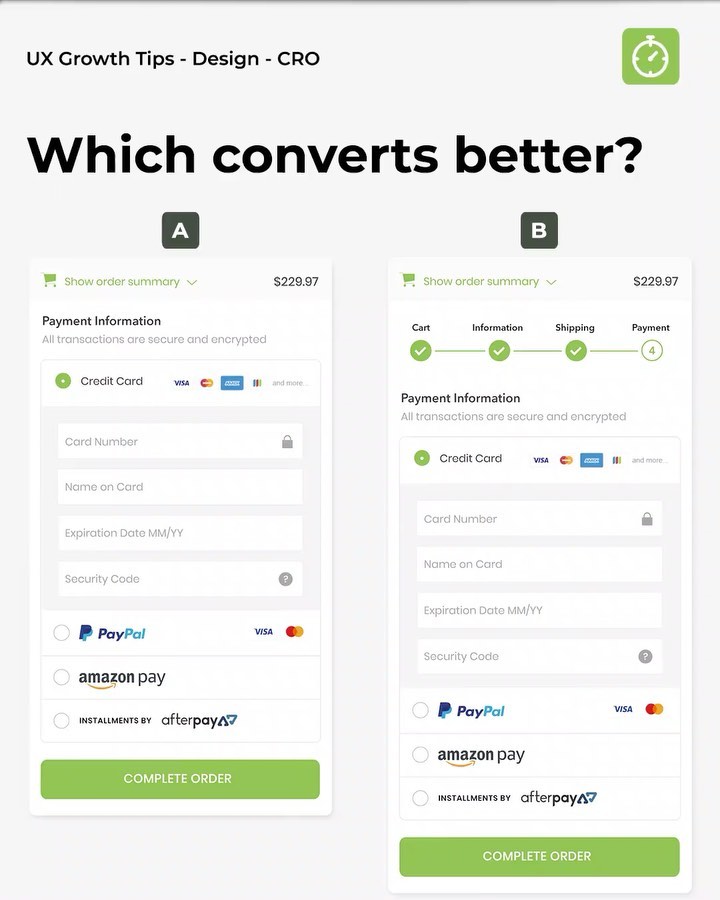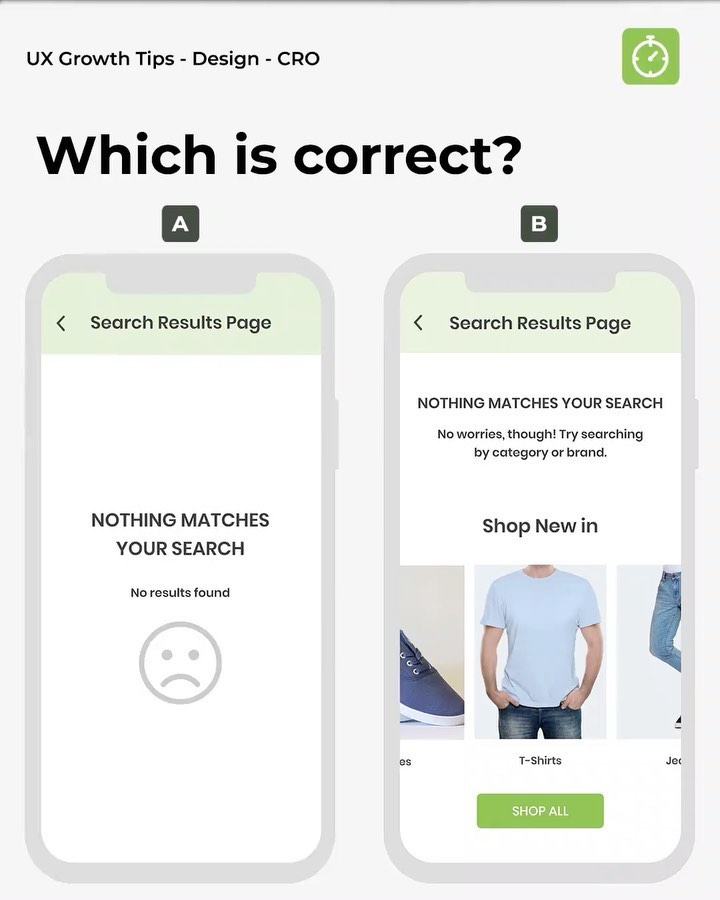Showing the Fit as Expected in Product Pages
Showing the Fit as Expected in product pages is crucial for building customer confidence and driving conversions. Detailed imagery, user-generated reviews, and testimonials play a key role in showcasing product quality. Industry leaders like Amazon leverage these elements to enhance trust and boost sales.
Key Elements of Successful Product Pages
Clear Call to Action
A clear call to action is essential to guide customers towards making a purchase decision. Whether it's a 'Buy Now' button or 'Add to Cart' option, the call to action should be prominent and easily accessible on the product page.
High-Quality Product Images
High-quality images are crucial for showcasing the product in its best light. Customers rely on visuals to understand the product better, so it's important to provide clear, crisp images that highlight the key features and details.
Importance of 360-Degree Product Views
Including 360-degree product views allows customers to see the product from all angles, giving them a more comprehensive understanding of the item they are considering purchasing.
User-Generated Content for Credibility
User-generated content, such as reviews and testimonials, adds credibility to the product page. Customers trust the opinions of other buyers, so incorporating user-generated content can help build trust and confidence in the product.
Addressing Common Customer Questions
Anticipating and addressing common customer questions on the product page can help alleviate any doubts or concerns customers may have. Providing thorough and clear answers can help customers make informed purchasing decisions.
Focus on Product Benefits
Highlighting the benefits of the product rather than just its features can resonate better with customers. Clearly stating how the product can improve the customer's life or solve a problem they have can be a powerful selling point.
Usage Instructions for Clarity
Including clear and detailed usage instructions can help customers understand how to use the product effectively. Providing guidance on the best ways to utilize the product can enhance the customer experience and satisfaction.
Enhancing Customer Confidence Through Product Display
Displaying products in a way that instills confidence in customers is a crucial aspect of e-commerce success. When customers can see a product from various angles and in different contexts, they are more likely to make a purchase. Detailed product imagery plays a key role in enhancing the overall shopping experience.
Detailed Product Imagery
Providing detailed product images allows customers to have a closer look at the product before making a purchase. This includes displaying the product from multiple angles, showcasing the texture and intricate details. Customers appreciate being able to zoom in on images to get a better feel for the product.
Importance of Contextual Usage Images
- Contextual images show the product in real-life scenarios, helping customers visualize how the product fits into their lives.
- By displaying products in context, customers can better understand the size, color, and overall appearance of the product.
Texture and Detail Showcase
Highlighting the texture and details of a product can make a significant impact on a customer's decision-making process. Customers want to know what they are buying, and showcasing the intricate details can help build trust and increase conversions.
User-Generated Reviews and Testimonials
Utilizing user-generated content such as reviews and testimonials can further enhance customer confidence. When customers see positive feedback from other buyers, they are more likely to trust the product and the brand. Leveraging social proof through reviews can significantly impact purchasing decisions.
Leveraging Social Proof
- Customer reviews and testimonials create a sense of authenticity and credibility for the product.
- By showcasing real feedback from customers, brands can establish trust and build a loyal customer base.
Implementing Strategies from Industry Leaders
In the competitive landscape of e-commerce, industry leaders set the bar high with their innovative approaches to product page optimization. By studying their strategies, brands can gain valuable insights to enhance their own online presence.
Amazon's Approach to Product Detail Pages
Amazon, as a front-runner in the online retail space, excels in showcasing products effectively on their detail pages. Their strategy encompasses a holistic view of customer experience and aims to convert visitors into buyers.
Incorporating Showing the Fit as Expected
One of Amazon's key tactics is to present products in a way that aligns with customer expectations. By utilizing detailed imagery and user-generated content, Amazon ensures that customers have a clear understanding of how products look and feel.
Utilizing Customer Reviews for Trust-building
Customer reviews play a significant role in Amazon's strategy, providing social proof that builds trust among potential buyers. By leveraging authentic feedback from previous customers, Amazon enhances credibility and reinforces the reliability of their product offerings.
Optimization Techniques for Product Pages
Strategies for Increasing Conversions
Implementing effective strategies to increase conversions on product pages is essential for maximizing sales and revenue. By focusing on optimizing the user experience and providing compelling reasons for customers to make a purchase, businesses can significantly improve their conversion rates. Here are some key techniques:
- Create a sense of urgency by highlighting limited-time offers or low stock availability to encourage immediate action.
- Utilize persuasive language and compelling visuals to engage customers and drive them towards completing a purchase.
- Implement a clear and prominent call-to-action that guides users towards the desired conversion goal.
Leveraging Cross-Sell and Upsell Opportunities
Cross-selling and upselling are powerful techniques for increasing the average order value and maximizing revenue per customer. By strategically recommending complementary products or upgrades, businesses can drive additional sales and enhance the overall shopping experience for customers. Here are some effective ways to leverage cross-sell and upsell opportunities:
- Analyze customer data and purchase history to make personalized recommendations that are relevant to individual customers' interests and preferences.
- Showcase bundled deals or product packages that offer added value and incentivize customers to purchase more items.
- Highlight the benefits of upgrading to a higher-tier product or adding on related accessories to enhance the initial purchase.
Case Studies and Real-Life Examples
Impact on Conversion Rates and Customer Satisfaction
- Increased conversion rates by showcasing products accurately
- Higher customer satisfaction due to reduced returns
- Improved brand credibility through authentic user reviews
Future Trends in Product Page Optimization
The landscape of e-commerce is continuously evolving, leading to the emergence of new trends in product page optimization. Brands and retailers are constantly seeking innovative ways to enhance user experience, increase conversions, and stay ahead of the competition. As we look towards the future, several key trends are shaping the direction of product page optimization:
Emerging Technologies for Enhanced User Experience
- Virtual Reality (VR) and Augmented Reality (AR) technologies are revolutionizing the way customers interact with products online.
- Interactive 3D product visualization tools provide a more immersive shopping experience, allowing customers to inspect products from all angles.
Incorporating AI and Machine Learning for Personalization
- AI-powered recommendation engines analyze customer behavior and preferences to tailor product recommendations.
- Machine learning algorithms can personalize product pages based on individual user data, optimizing content for each visitor.
Enhanced Mobile Optimization for On-the-Go Shopping
With the increasing use of smartphones for online shopping, mobile optimization is becoming a crucial aspect of product page design. Brands are focusing on:
- Improving page load speed to reduce bounce rates on mobile devices.
- Creating responsive product pages that adapt to different screen sizes for a seamless shopping experience.
Sustainability and Eco-Friendly Practices
Consumers are becoming more environmentally conscious, driving brands to integrate sustainability into their product pages. Ways in which brands are incorporating sustainability include:
- Highlighting eco-friendly materials and production processes.
- Providing information on product recyclability and environmental impact.



